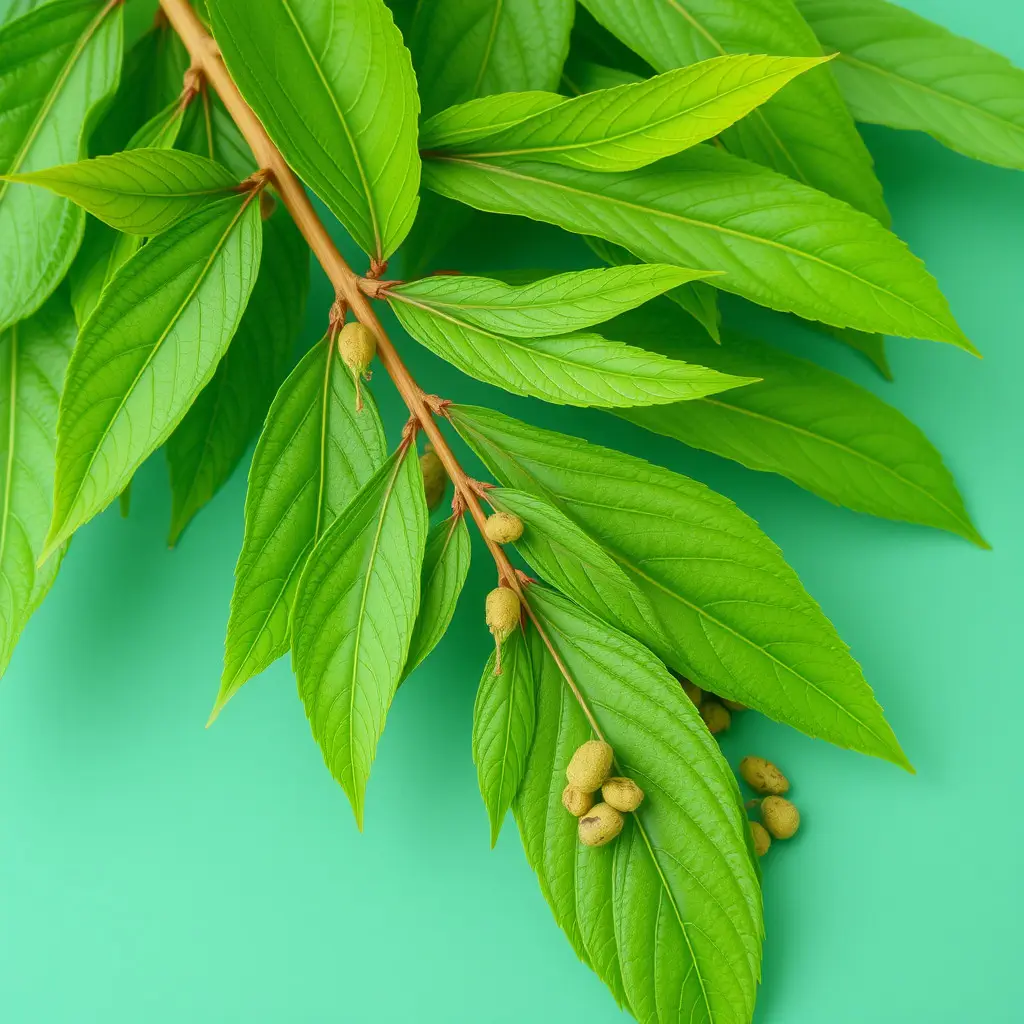Chronic pain and muscle soreness can significantly impact daily life. Kratom, a natural substance derived from a tropical plant, has gained attention as a potential solution for managing chronic pain. It interacts with opioid receptors in the body, offering relief from persistent discomfort. Exploring kratom as an alternative remedy could help individuals improve their quality of life and overall well-being. Chronic pain management with kratom provides a natural approach to alleviating muscle soreness, especially for conditions like fibromyalgia or arthritis, where traditional treatments may not be adequate.
Chronic pain and muscle soreness affect millions worldwide, impacting daily life significantly. This article explores kratom as a potential natural solution for chronic pain management. Kratom, derived from the tropical plant Mitragyna speciosa, has historical roots in traditional medicine and growing scientific interest in its analgesic properties. We’ll delve into how kratom works to relieve muscle soreness, compare it with other options, discuss different strains, optimal dosage, and its potential benefits over conventional medications.
- Understanding Chronic Pain and Muscle Soreness:
- – Definition and prevalence of chronic pain
- – Common causes and risk factors
Understanding Chronic Pain and Muscle Soreness:
Chronic pain and muscle soreness can significantly impact an individual’s quality of life. Chronic pain management with kratom has emerged as a potential alternative solution for those seeking relief from persistent discomfort. Muscle soreness, often associated with exercise or physical labor, can become chronic when left untreated or exacerbated by underlying conditions.
Understanding the root causes of chronic pain is crucial in implementing effective strategies for relief. Kratom, derived from the plant Mitragyna speciosa, has gained attention for its analgesic properties. Its active compounds interact with opioid receptors in the body, potentially offering a natural approach to managing chronic pain and reducing muscle soreness. By exploring alternative remedies like kratom, individuals may find a new way to alleviate persistent discomfort and improve their overall well-being.
– Definition and prevalence of chronic pain
– Common causes and risk factors
Muscle soreness is a common issue affecting people from all walks of life, whether due to intense physical activity, chronic pain conditions, or overtaxing their bodies. There are several factors that can contribute to muscle discomfort, including repetitive motions, poor posture, injuries, and inflammatory conditions. Individuals with chronic pain management issues, such as fibromyalgia or arthritis, often struggle with persistent muscle soreness.
Risk factors for developing muscle-related issues vary but may include age (with decreased muscle mass and flexibility), lack of regular exercise, improper lifting techniques, sedentary lifestyles, obesity, and certain medical conditions. Addressing these underlying causes is a key step in finding relief from chronic pain and muscle soreness. In recent years, kratom has emerged as a natural herbal supplement that some users claim can provide relief for muscle discomfort, offering an alternative approach to traditional treatments for chronic pain management with kratom.
Chronic pain and muscle soreness can significantly impact daily life, but kratom has emerged as a promising natural solution. By interacting with opioid receptors in the body, kratom may help alleviate discomfort associated with these conditions. While more research is needed, many users report improved mobility and reduced pain after incorporating kratom into their chronic pain management regimen. Remember that, like any supplement, individual results may vary, and consulting healthcare professionals before use is essential for safe and effective treatment.






